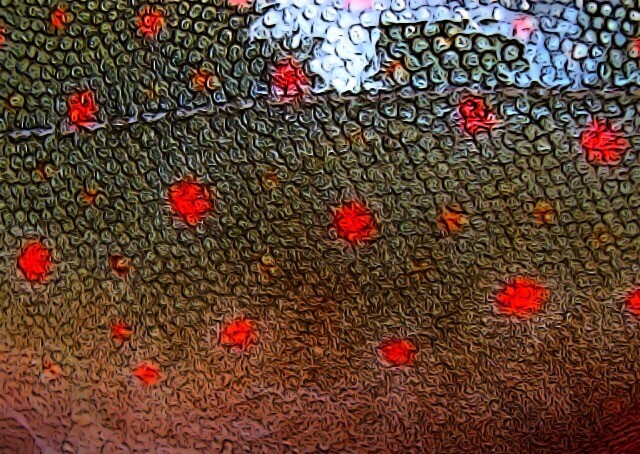
Four to six million years ago, the Sabertooth Salmon swam up rivers of present-day California and Oregon. Though primarily a plankton feeder, the beast measured 5 to 7 feet in length and often weighed over 100 pounds!
Scientists believe it may have occasionally been able to reach the 500-pound mark!
OMG!! Think about floating into a hole full of 7-foot chrome rollers. WOW!
To read all about this massive salmon and what scientists have been learning about those huge 4-inch teeth from recent fossils discoveries in my article in the May 2016 issue of Salmon Trout Steelheader Magazine.







 The GLoomis rod company’s slogan is “Fear no Fish,” which is fine when you’re dealing with species like salmon, trout, steelhead and bass. But, there are truly some fish out there you should fear. Some will eat you; others will sting or bite you to death. And one will even swim up inside your very sensitive body parts!
The GLoomis rod company’s slogan is “Fear no Fish,” which is fine when you’re dealing with species like salmon, trout, steelhead and bass. But, there are truly some fish out there you should fear. Some will eat you; others will sting or bite you to death. And one will even swim up inside your very sensitive body parts!





